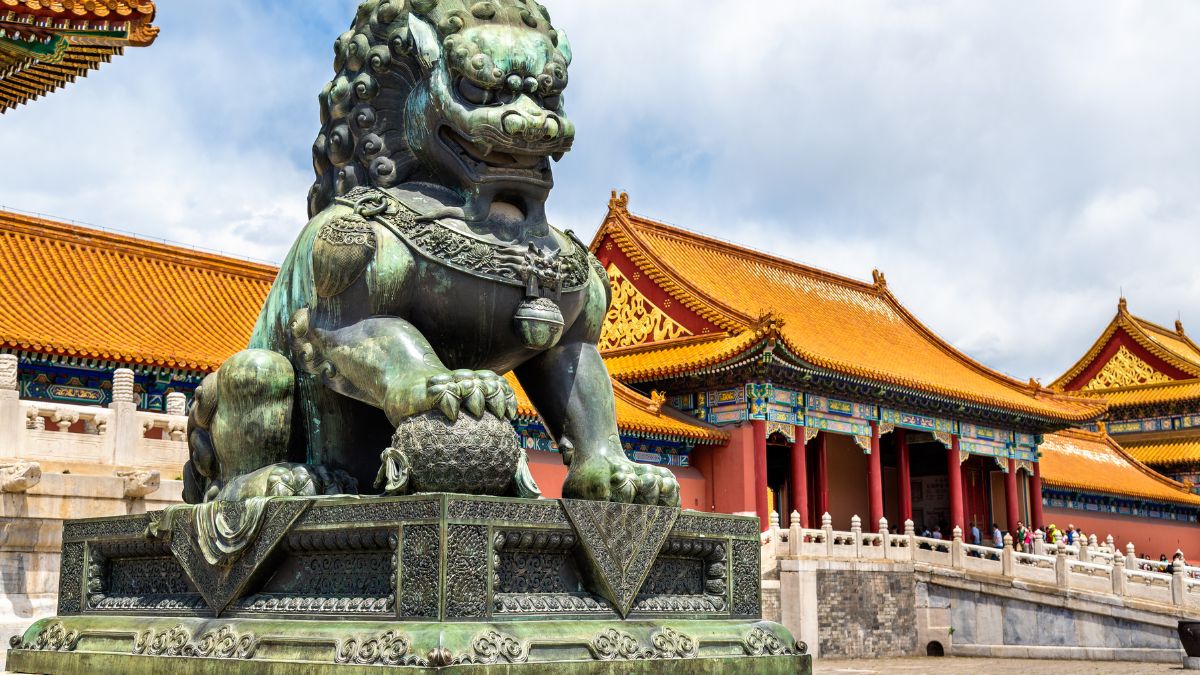Kalidasa (Classical Sanskrit Literature)
Kalidasa (Classical Sanskrit Literature)
Emperor Yongle – Ming Dynasty, China

Emperor Yongle – Ming Dynasty, China
In the annals of history, where the exploits of great leaders and their empires are etched in the sands of time, the narrative of Emperor Yongle of the Ming Dynasty unfurls like a grand tapestry, woven with threads of ambition, innovation, and monumental achievements. This tale, set against the backdrop of ancient China, is not just a recounting of events but a saga that leaves one utterly awestruck by the sheer magnitude of Yongle’s vision and the indelible mark he left on Chinese civilization.
Emperor Yongle, born Zhu Di, ascended the throne in a whirlwind of rebellion and political intrigue, marking the beginning of a reign that would redefine the boundaries of power, culture, and influence in China. His ascent to power was not merely a testament to his strategic acumen but a prelude to the era of transformation he was poised to usher in. Yongle’s reign, spanning from 1402 to 1424, became a crucible of innovation, marked by profound changes that propelled the Ming Dynasty into a golden age.
Imagine a ruler so visionary that his dreams stretched beyond the confines of his vast empire, reaching out to the unknown corners of the world. Yongle’s ambitious spirit was epitomized by the treasure voyages of the Chinese fleet, commanded by the legendary admiral Zheng He. These expeditions, unprecedented in scale and ambition, sailed through the Indian Ocean, reaching as far as Africa, and established China as a global maritime power. The fleets, carrying silks, porcelains, and treasures, not only expanded the empire’s trade networks but also proclaimed its glory and might across the seas.
But Yongle’s aspirations were not confined to the oceans. Under his reign, the architectural landscape of China was transformed, giving birth to structures that stood as a testament to the empire’s grandeur and technological prowess. The most awe-inspiring of these is undoubtedly the Forbidden City in Beijing, a palatial complex of majestic halls and serene gardens that served as the imperial seat for centuries. Constructed with unparalleled precision and beauty, the Forbidden City remains a symbol of Chinese cultural and architectural heritage, a marvel that continues to captivate the imagination of all who wander its vast courtyards.
Moreover, Yongle’s era was marked by a flourishing of culture, with advancements in printing, literature, and the arts. His commissioning of the Yongle Encyclopedia, an immense literary undertaking, sought to compile all known Chinese knowledge at the time. This monumental work, although largely lost to history, exemplifies Yongle’s commitment to the preservation and dissemination of knowledge, reflecting a ruler who was as much a patron of the arts and sciences as he was a formidable conqueror.
Yet, behind these achievements lay a ruler of complex character—ambitious, visionary, yet also capable of ruthless decisiveness. His reign, while bringing prosperity and expansion to the Ming Dynasty, was also marked by internal strife and the shadows of power struggles. Nonetheless, the legacy of Emperor Yongle endures, a testament to a period when China stood at the zenith of its power, influencing the course of world history through its innovations, its culture, and its unquenchable spirit of exploration.
As we peer into the mists of time, the story of Emperor Yongle and the Ming Dynasty unfurls a narrative of human ambition and achievement that continues to inspire awe and wonder. It is a saga not just of power, but of the indomitable spirit of humanity to reach beyond the known, to build, to create, and to dream.